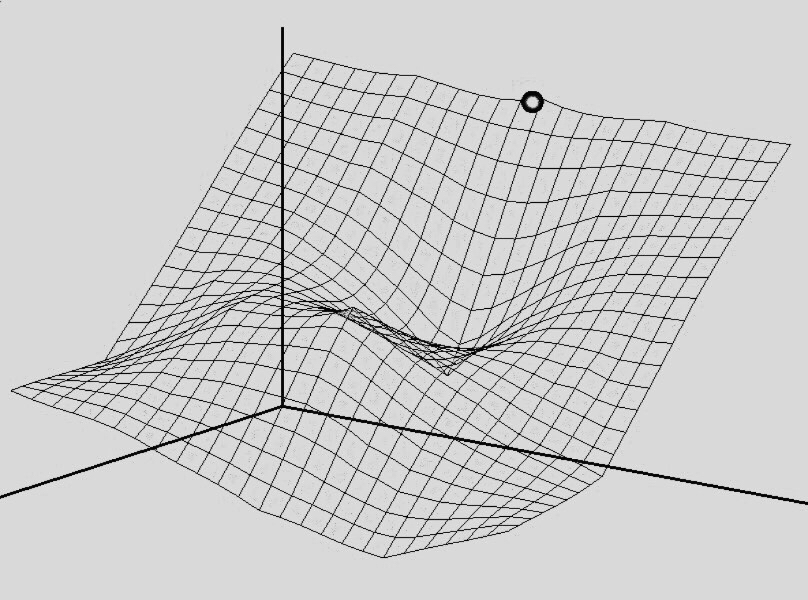The Irwin Group uses statistical modeling techniques to understand niches, traits, and interactions within marine microbial communities. A new paper confirms the value of trait-based approaches in investigating the mechanisms underlying phytoplankton biomass dynamics, and in predicting the community response to environmental changes.
Reporting by Helen Hill for CBIOMES
In a new paper published in the journal Diversity Crispin Mutshinda, Zoe Finkel, and Andrew Irwin (Dalhousie) working with Claire Widdicombe (PML) assess a trait-based clustering approach for phytoplankton biomass modeling and prediction.
“When designing models for predicting phytoplankton biomass or characterizing traits,” say Mutshinda and co-workers, “it is often useful to aggregate the typically many myriad species into a few biologically meaningful groups and focus on group-level attributes.” A common practice is to combine phytoplankton species by functional type, however, Mutshinda and co-workers say biogeochemists and plankton ecologists debate the most applicable grouping for describing phytoplankton biomass patterns and predicting future community structure, adding that, although trait-based approaches are increasingly being advocated, methods are missing for the generation of trait-based taxa as alternatives to functional types.
In their study, Mutshinda et al parameterize a Bayesian model of biomass dynamics and use it to analyze long-term phytoplankton data collected at Station L4 in the Western English Channel between April 2003 and December 2009. They then examine the tradeoffs encountered regarding trait characterization and biomass prediction when aggregating biomass according to functional types, the trait-based clusters generated by their method, and total biomass.
The team finds their model is able to extract trait values under the trait-based clustering, but notes the need for well-constrained priors under the functional type categorization. They also report their model is able to more accurately predict total biomass under the trait-based clustering and the total biomass aggregation with comparable root mean squared prediction errors, which were roughly five-fold lower than under the functional type grouping. Finally, they note that although the total biomass grouping ignores taxonomic differences in phytoplankton traits, the model is able to predict total biomass under this grouping as well as under the trait-based clustering.
For more, see Crispin’s May 2020 e-meeting talk about this work
https://cbiomes.org/2020/05/11/may-2020-cbiomes-e-meeting-crispin-mutshinda-dal/ [login required]
Publication
Mutshinda. C.M., Finkel, Z.V., Widdicombe, C.E. & Irwin, A.J. (2020), A trait-based taxonomy for phytoplankton biomass modeling and prediction, Diversity, doi: 10.3390/d12080295
Get the PDF [Requires login]
Other Links
Statistical Modeling of Microbial Communities: Niches, Traits, and Interactions – Irwin Group Research Page


